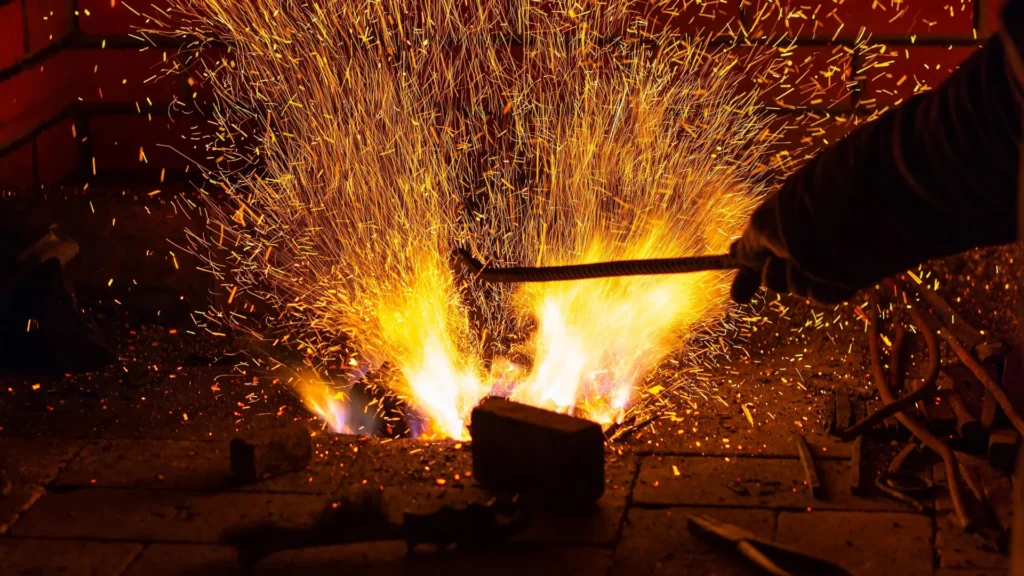Research from Cranfield University has explored the transition from the Bronze Age to the Iron Age, focusing on how experiments by copper smelters led to the invention of iron. The study reexamined the Kvemo Bolnisi smelting workshop in southern Georgia, originally thought to be an early iron smelting site due to the presence of hematite (iron oxide) and slag.
However, new findings suggest that workers at Kvemo Bolnisi used iron oxide as a flux to enhance copper production rather than producing iron directly. This supports the controversial theory that iron was invented by copper smelters who experimented with iron-rich materials.
While iron artifacts existed during the Bronze Age, such as the renowned iron dagger from Tutankhamun’s tomb, these were made from naturally occurring metallic iron rather than extracted from ore. The ability to smelt iron ore, a technological leap, shifted iron from a rare luxury to a widely used material, paving the way for advancements in weaponry, tools, and eventually the Industrial Revolution.
Dr. Nathaniel Elb Saturo noted the significance of Kvemo Bolnisi as evidence of early metalworkers’ understanding of iron oxide, which would become essential for iron smelting. This research highlights how modern techniques can help unveil the methods and knowledge of ancient metallurgists. The study was supported by various institutes and detailed in the Journal of Archaeological Science.
Source link


